The cost of building materials such as stone is making heritage repairs more expensive
Prices for traditional building materials such as handmade brick, hardwood and stone has pushed up the annual cost of reconstruction and repairs for heritage properties by 3.4%. This is according to Ecclesiastical’s Heritage Building Cost Index (EHBCI) which rose by 1.2% in Q1 this year compared to the previous quarter.
The index is designed to track the costs associated with the reconstruction and repair of Britain’s traditional properties (typically built before the 1920s) and reduce the risk of underinsurance. It continues to track above the General Building Cost Index (GBCI) [which is used for commercial properties] and the rate of inflation (currently 2.1%).
The provisional results show that prices of traditional building materials increased by 1.2% this year during the first three months compared to the previous quarter (Q4 2018).
Hardwood products and handmade bricks have also seen a rise as detailed below:

| % change Q4 2018 to Q1 2019 | % change Q1 2018 to Q1 2019 | |
|---|---|---|
|
Handmade brick |
+1.1 |
+3.3 |
|
Hardwood products |
+0.1 |
+4.1 |
|
Stone products |
+3.7 |
+4.4 |
It shows that stone has seen the biggest annual price increase, with a 4.4% annual increase in price and 3.7% rise in the first quarter of this year.
This increase in cost could push up claims inflation and in turn see premiums rise.
Trend
It reflects a continuing trend over the past ten years of rising stone costs. According to Ecclesiastical high demand for stone products is increasing prices as stone has returned to popularity in the construction sector, such as ongoing refurbishment projects like the Palace of Westminster.
Faith Kitchen, heritage director at Ecclesiastical, added: “The EHBCI tracks the most common materials and skills needed to reinstate more traditional properties. Q1 2019 has seen a slight increase, largely due to rising costs of raw materials such as handmade brick, hardwood and stone products. Tracking these fluctuations means our customers can be more confident that they will have the right sum insured throughout the life of their policy with us.”
“In the past we have had to reopen a quarry to source the correct stone to rebuild a property or employ specialist restoration experts to work on some of the more intricate features, so you can see how not having the correct sum insured could really impact on the ability to reinstate the property.”
Guidance for brokers
At the same time, Ecclesiastical has released a series of new guidance modules to help brokers discuss risk management with clients who work in heritage properties.
The guidance has been released in collaboration with the Health and Safety Laboratory, and it highlights best practice and the various challenges in historic properties such as preventing slips and trips, maintenance and claims for compensation.
It is encouraging brokers to speak to clients about how best to protect their clients and the people who work, visit and volunteer at the heritage property.
Huw Andrews, principal risk management consultant at Ecclesiastical, said: “Brokers play an important role in helping clients understand the risks they are facing and in ensuring that the right cover is in place for their clients. We hope these modules will aid conversations between brokers and their clients about how they can manage risks in heritage properties in a sensible way.”






























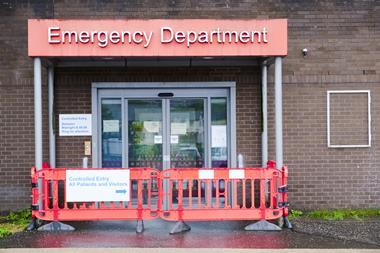
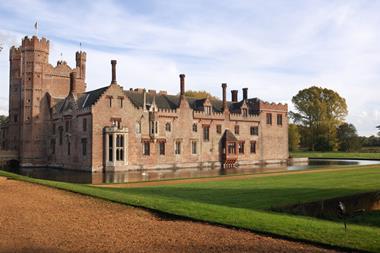

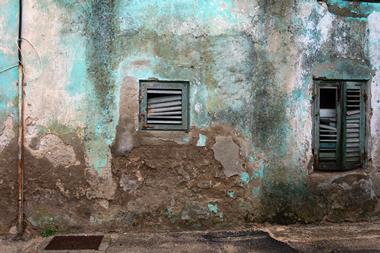
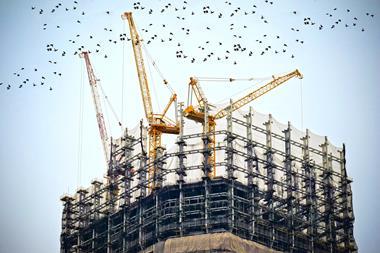
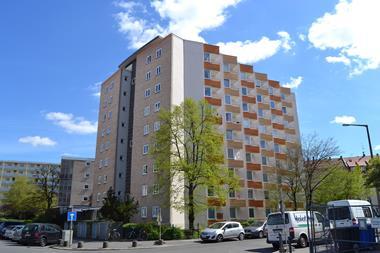









No comments yet